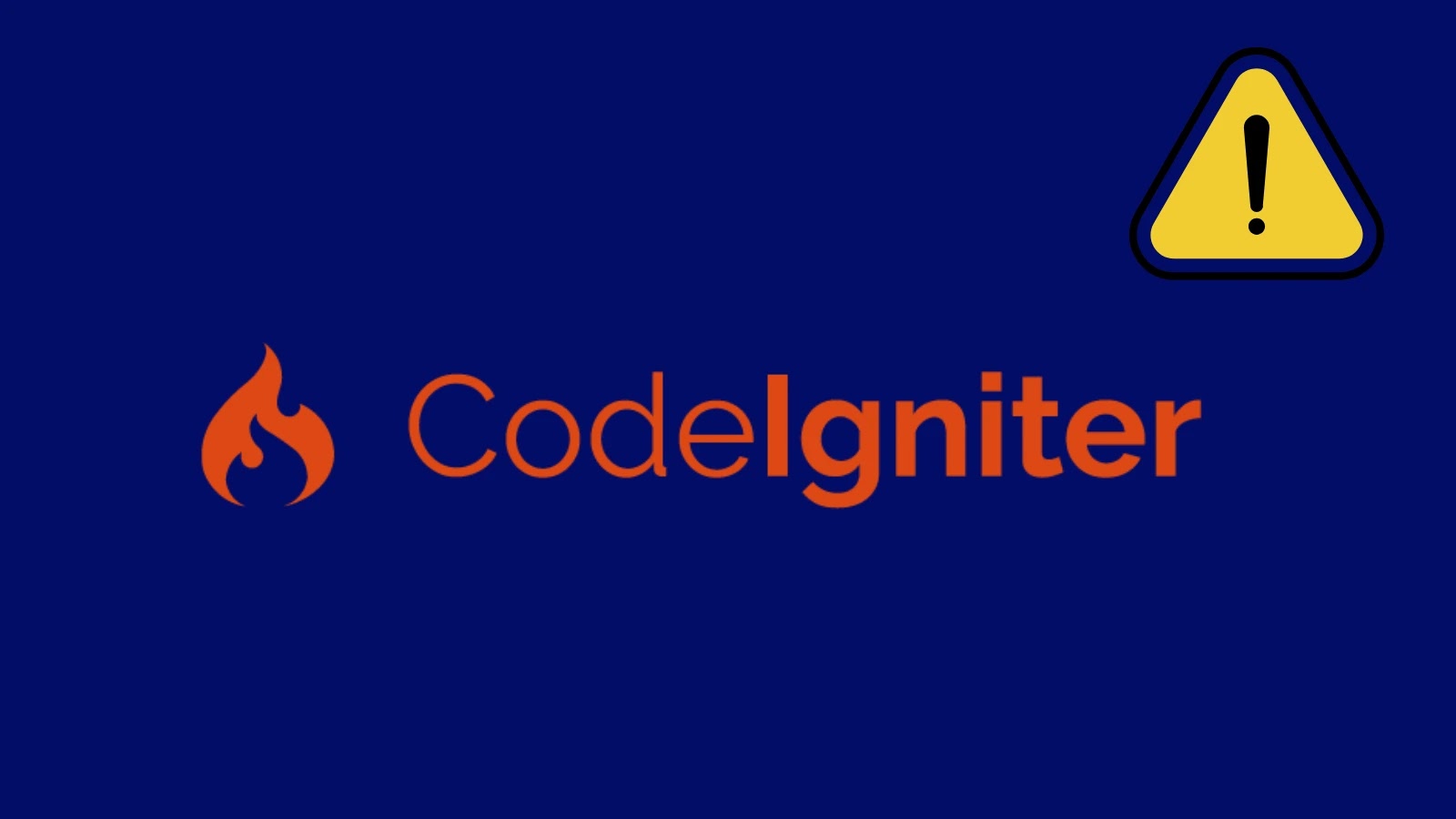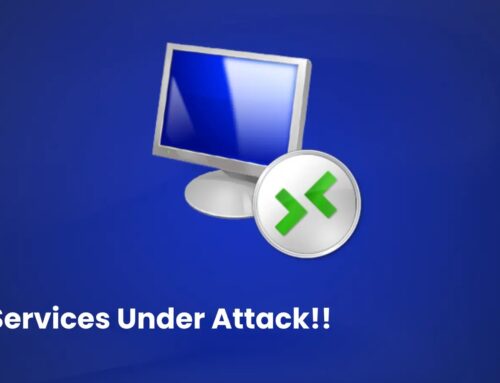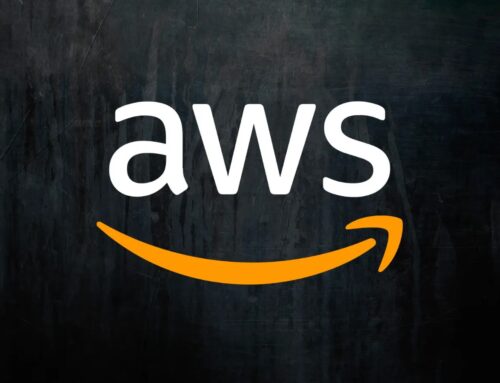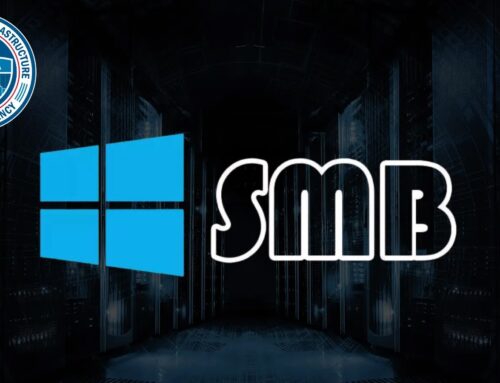
Critical CodeIgniter Vulnerability Exposes Million of Webapps to File Upload Attacks
In the intricate landscape of web application security, the discovery of a critical vulnerability can send ripples across the digital ecosystem, potentially impacting millions of online services. A recent disclosure has brought to light just such a threat: a severe flaw within CodeIgniter4’s ImageMagick handler, opening the door to widespread command injection attacks via malicious file uploads.
This post delves into the specifics of this critical vulnerability, identified as CVE-2025-54418, which has received an alarming CVSS score of 9.8. We will explore its implications, the mechanisms attackers might exploit, and, most importantly, the immediate actions developers and system administrators must take to secure their applications.
Understanding the CodeIgniter4 Vulnerability
The vulnerability, tracked as CVE-2025-54418, affects CodeIgniter4 versions prior to 4.6.2. At its core, the flaw resides in how CodeIgniter4 interacts with the ImageMagick library when processing uploaded images. ImageMagick is a powerful suite of tools for image manipulation, but its extensive functionality can also introduce security risks if not handled with extreme care.
Specifically, the vulnerability allows for command injection. This means an attacker can embed malicious commands within seemingly benign image files. When CodeIgniter4’s ImageMagick handler processes these files, instead of merely
manipulating the image, it inadvertently executes the attacker’s supplied commands on the underlying server. This could lead to a complete system compromise, data exfiltration, or the deployment of web shells.
The Threat: File Upload Attacks and Command Injection
File upload functionalities are common features in web applications, allowing users to upload profile pictures, documents, or other media. While convenient, they often represent a significant attack vector if not properly secured. In this scenario, the vulnerability transforms a standard file upload mechanism into a gateway for server compromise.
An attacker would craft a specially malformed image file (e.g., a GIF or JPEG) containing embedded commands. When this file is uploaded to an affected CodeIgniter4 application, the application’s ImageMagick handler attempts to process it. Due to the command injection vulnerability, the handler misinterprets parts of the image data as executable commands, running them with the permissions of the web server process. The consequences of such an attack can be devastating:
- Remote Code Execution (RCE): The ability to execute arbitrary code provides attackers with full control over the compromised server.
- Data Breach: Attackers can access, steal, or delete sensitive data stored on the server or connected databases.
- Website Defacement: The application’s public-facing content can be altered or replaced.
- Network Pivoting: A compromised server can serve as a launching pad for further attacks within the internal network.
Severity and Impact: CVSS 9.8
The CVSS (Common Vulnerability Scoring System) score of 9.8 assigned to CVE-2025-54418 underscores its extreme severity. A score of 9.0-10.0 indicates a critical vulnerability, signifying that exploitation is likely and can result in complete loss of confidentiality, integrity, and availability of the affected system. The “immediate risk to affected systems” highlighted by the CVSS score is a stark warning to all CodeIgniter4 users.
Millions of web applications worldwide are built on CodeIgniter, making the potential attack surface for this vulnerability enormous. Any application using CodeIgniter4 and relying on its ImageMagick handler for image processing could be at risk if not updated.
Remediation Actions
Given the critical nature of this vulnerability, immediate action is paramount. Developers and system administrators must prioritize the security of their CodeIgniter4 applications.
- Update CodeIgniter4: The most crucial step is to update CodeIgniter4 to version 4.6.2 or later. This version contains the patch that addresses the ImageMagick handler vulnerability. Ensure you follow the official CodeIgniter upgrade guides to prevent breaking changes.
- Input Validation and Sanitization: While updating is the primary fix, reinforcing robust input validation and sanitization for all file uploads is a critical best practice. Never trust user-supplied data. Validate file types by checking both MIME types and file extensions, and consider using libraries that scrutinize file contents for malicious patterns.
- Least Privilege Principle: Ensure that the web server process (e.g., Apache, Nginx) runs with the absolute minimum necessary privileges. This limits the damage an attacker can inflict even if a command injection vulnerability is exploited.
- Isolate Upload Directories: Configure your web server to prevent direct execution of scripts from upload directories. Files in these directories should only be served as static content.
- Regular Security Audits: Periodically conduct security audits and penetration tests on your web applications to uncover potential vulnerabilities before attackers do.
- Monitor Logs: Implement comprehensive logging and monitoring for file uploads and server activity. Look for unusual file types, excessive upload attempts, or suspicious command executions.
Tools for Detection and Mitigation
Various tools can assist in detecting vulnerabilities and strengthening the security posture of web applications. While direct detection for this specific vulnerability might require CodeIgniter-aware scanners, general web application security tools are vital.
| Tool Name | Purpose | Link |
|---|---|---|
| OWASP ZAP (Zed Attack Proxy) | Web application security scanner for finding vulnerabilities like injection flaws. | https://www.zaproxy.org/ |
| Burp Suite | Integrated platform for performing security testing of web applications. | https://portswigger.net/burp |
| Nikto | Web server scanner that performs comprehensive tests against web servers for multiple items, including server configuration errors and known vulnerabilities. | https://cirt.net/Nikto2 |
| ImageMagick Policy Configuration | Hardening ImageMagick itself to restrict dangerous operations (e.g., disable specific delegates or protocols). | https://imagemagick.org/script/security-policy.php |
Conclusion
The discovery of CVE-2025-54418 in CodeIgniter4 is a significant reminder of the persistent threats facing web applications. A severity score of 9.8 indicates an immediate and critical risk that cannot be ignored. The primary defense against this vulnerability is prompt action: updating CodeIgniter4 to version 4.6.2 or later. Beyond the immediate patch, reinforcing secure coding practices, implementing robust input validation, and maintaining vigilant monitoring are essential for safeguarding web applications against future threats. Stay informed, stay patched, and prioritize security at every stage of the development and deployment lifecycle.





